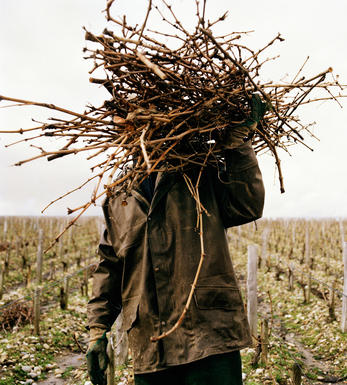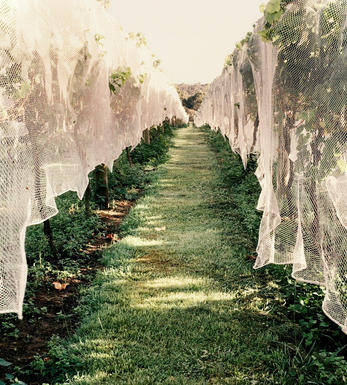
2010 Chardonnay DOC, Baracca, Colli Orientali del Friuli, Miani

Critics reviews
Antonio Galloni - 23/12/2011
About this WINE

Miani, Friuli-Venezia-Giulia
Enzo Pontoni is arguably Italy's finest white winemaker, responsible for the uncompromisingly taut, minerally precise wines of Miani.
Drawing on the famous 'ponca'/marl & limestone soils of the Colli Orientali del Friuli, a continental viticultural DOC sandwiched between Udine & the Slovenian border, north of Trieste, Enzo has tended 10 hillside hectares of high-density (6-7,000 plants/ha) organic vineyards near the village of Buttrio since 1985, producing a range of quivering whites & statuesque reds.
Yields are critically low at approx 20 hectolitres/hectare while vinification typically consists of barrel fermentation in 40% new french oak, no malolactic fermentation (for the whites, except for the Chardonnay) or temperature control. He also produces two reds: a rich but suave Merlot from fifteen separate parcels and the flagship of the estate, 'Calvari', made from 100% Refosco, densely packed with crunchy blackberry fruit & aged in 100% new oak. Recently he has begun consulting at the Az. Agr. Davino Meroi estate, also based in Buttrio.

Colli Orientali del Friuli
Along with Collio, Colli Orientali del Friuli is the finest DOC zone in Friuli-Venezia-Giulia. Situated in the Julian Alps on the border with Slovenia, much of its quality is down to its calcareous and sandstone landscape and 400m altitude. High planting densities, older vines, poor soils (especially compared to the flood plains below) and a challenging continental climate all assist in achieving lower yields and greater concentration in the wines.
Perhaps surprisingly, Sauvignon Blanc is the king of the whites here, producing fuller bodied but also taut and minerally examples. Indigenous varieties Ribolla Gialla and (Tocai) Friulano follow hot on its heels. The reds are led by the Refosco grape which achieves blackberry richness alongside a minerally poise. Next best is Pignolo, the region’s answer to Nebbiolo, while Merlot runs a close third.
Recommended producers: Canus, Davino Meroi and Miani

Chardonnay
Chardonnay is often seen as the king of white wine grapes and one of the most widely planted in the world It is suited to a wide variety of soils, though it excels in soils with a high limestone content as found in Champagne, Chablis, and the Côte D`Or.
Burgundy is Chardonnay's spiritual home and the best White Burgundies are dry, rich, honeyed wines with marvellous poise, elegance and balance. They are unquestionably the finest dry white wines in the world. Chardonnay plays a crucial role in the Champagne blend, providing structure and finesse, and is the sole grape in Blanc de Blancs.
It is quantitatively important in California and Australia, is widely planted in Chile and South Africa, and is the second most widely planted grape in New Zealand. In warm climates Chardonnay has a tendency to develop very high sugar levels during the final stages of ripening and this can occur at the expense of acidity. Late picking is a common problem and can result in blowsy and flabby wines that lack structure and definition.
Recently in the New World, we have seen a move towards more elegant, better- balanced and less oak-driven Chardonnays, and this is to be welcomed.


Buying options
Add to wishlist
Description
The 2010 Chardonnay Baracca flows across the palate with layers of tropical fruit, French oak and minerals. This really needs at least a few years in bottle to lose its baby fat, but it is immensely appealing, even today. Layers of textured, varietal fruit flow through to the seamless finish. Anticipated maturity: 2012-2016.
Antonio Galloni - 23/12/2011
wine at a glance
Delivery and quality guarantee